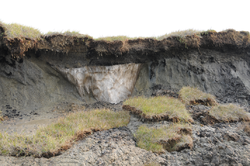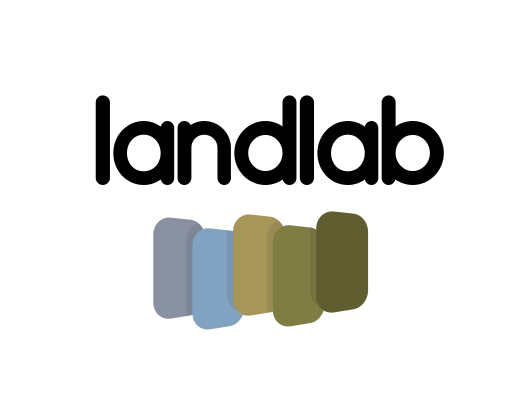Lab-0002
Permafrost Modeling - the Active Layer
This lab is part of the series Permafrost. Others in this series are:
- Permafrost Modeling - where does permafrost occur? (1 of 4)
- Permafrost Modeling - the Active Layer (2 of 4)
- Permafrost Modeling - making maps from gridded climate data (3 of 4)
- Permafrost Modeling - looking at future permafrost with climate models (4 of 4)
Contributor(s)

Classroom organization
This lab is the second in a series of introduction to permafrost process modeling, designed for inexperienced users. In this second lesson, we explore the Kudryavstev model and learn to use this model in the CSDMS Python Modeling Tool (Pymt). We implemented the Kudryavstev model (as formulated in Anisimov et al.1997). It is dubbed the Ku-model.
This series of labs is designed for inexperienced modelers to gain some experience with running a numerical model, changing model inputs, and analyzing model output. Specifically, this lab looks at what controls soil temperature and active layer thickness and compares model output with observed longterm data collected at permafrost active layer thickness monitoring sites in Fairbanks and Barrow, Alaska.
Basic theory on the Kudryavstev model is presented in these slides File:KudryavtsevModel Lecture2.pptx
This lab will likely take ~ 1,5 hours to complete in the classroom. This time assumes you now have gained some familiarity with the Pymt and have learned how to set parameters, save runs, download data and look at output. If this is not the case, either start with Lab 1 in this series, or learn how to use Pymt here. The Pymt allows you to set up simulations and run notebooks.
If you are a faculty at an academic institution, it is possible to work with us to get temporary teaching accounts. Work directly with us by emailing: csdms@colorado.eduDownload associated file: KudryavtsevModel Lecture2.pptx
Basic theory on the Kudryavstev model is presented in these slides
Skills
- Familiarize with a basic configuration of the Air Frost Number Model
- Make small changes to key input parameters
- See how to write a loop for calculations over a time series
- Hands-on experience with visualizing output in Python
- What is the primary control on the occurrence of permafrost
- Freezing and thawing day indices and how to approximate these
- Where in Russia permafrost occurs
- Critical evaluation of what the Air Frost number approximates
Requirements
Software is required
References

